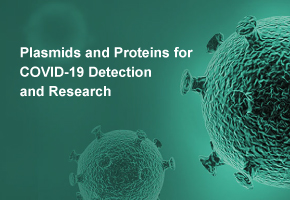Immortalized Mouse Kupffer Cells (ImKC): A Breakthrough in Hepatic Research
Kupffer cells, the resident macrophages of the liver, play a critical role in maintaining hepatic homeostasis and responding to various physiological and pathological stimuli. Their unique position within the liver allows them to interact with numerous cell types and participate in a wide array of immune responses. Traditionally, studying these cells has been hampered by their primary nature, as isolated Kupffer cells have a limited lifespan and can lose their functional characteristics over time. However, the development of immortalized mouse Kupffer cells (ImKC) has opened new avenues for hepatic research and therapeutic interventions.
The immortalization of Kupffer cells allows researchers to obtain a stable, reproducible cell line that retains the essential characteristics and functions of primary Kupffer cells. This advancement has several implications for both basic and applied research. Immortalized cell lines can be cultured indefinitely, enabling extensive experimentation without the need to continuously isolate new cells. This provides a consistent model for studying hepatic inflammation, metabolic processes, and the liver’s response to various stimuli, including pathogens, toxins, and drugs.
One of the significant advantages of ImKC is the ability to manipulate these cells genetically. By introducing specific genes or knockdowns, researchers can examine the underlying mechanisms of Kupffer cell function and their contributions to liver pathology. This genetic flexibility facilitates the investigation of various signaling pathways involved in inflammation, phagocytosis, and antigen presentation. Consequently, it promotes a deeper understanding of diseases such as non-alcoholic fatty liver disease (NAFLD), viral hepatitis, and liver fibrosis.
Moreover, the use of ImKC provides a platform for drug testing and development. As Kupffer cells are integral to the liver’s immune response, they can serve as a valuable model for screening potential therapeutics aimed at modulating liver inflammation or enhancing the clearance of pathogens. Researchers can assess the effects of new compounds on the behavior of ImKC in vitro, determining their potential efficacy and safety profiles before advancing to in vivo studies.
In addition to their practical applications, ImKC contribute to the advancement of knowledge regarding liver immunology. By providing insights into the interaction between Kupffer cells and other immune cells, such as T cells and dendritic cells, researchers can uncover the complexities of the liver’s immune landscape. Understanding these interactions is essential for developing targeted therapies for liver diseases and improving transplantation outcomes.
The establishment of immortalized mouse Kupffer cells has not only enhanced the capacity for liver research but also provided a robust model for understanding the intricate dynamics of liver immunology. As researchers continue to explore the potential of ImKC, their applications will likely expand, leading to significant advancements in the fields of hepatology and immunology. The future of liver disease research holds great promise, with ImKC at the forefront of innovation and discovery.
- Like
- Reply
-
Share
Reply
About Us · User Accounts and Benefits · Privacy Policy · Management Center · FAQs
© 2025 MolecularCloud



